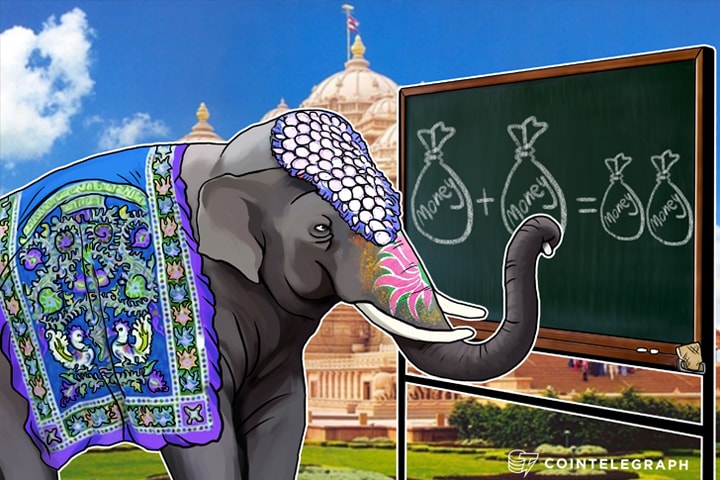Are you investing in India or are you an Indian investor? The Indian stock markets are the jewel in the crown of emerging market nations known as BRICS. Mainstream investors often harp on about what great potential resides in India’s burgeoning young population who want more of everything and will consume anything. We are also often told by market gurus that the Indian growth story is still intact. Another term that is furiously thrown about is that the turnaround is just around the corner. So what about the Indian markets? Is investing in Indian stocks, mutual funds etc. worth your while?
Dead rather than rich
Let us assume you are an investor and not a trader. You diligently followed all the usual advice and put your money into the BSE Sensex and waited your five years. We are assuming that is what they mean by long-term.
What kind of returns would you have expected? 10 percent, 15 percent or 25 percent? Well if you had invested money in the last five years diligently each month, you would have received less than 5 percent according to capitalmind.in. They analyzed the Sensex returns and concluded:
“Add another 2 percent for dividends, and remove about 1 percent for costs – either as ETF fees or otherwise – and you still get just 6 percent to 7 percent on the Sensex for five years.”
Stock market proponents like to move to goal posts further and will claim that 10-year returns are actually better. However, even there, you would not have done very well.
The same article looked at some best performing mutual funds in India and concluded that one of the funds gave a ten 10-year return of 16.73 percent. That is not quite a lot if you think about it, considering the average inflation in India moves between 7-10 percent depending on the year.
“Moving the long-term further and further, we can only conclude that in the long-term, chances are you would be dead rather than rich if you insist on investing in Indian markets.”
The Rupee acts as a double-whammy
Indian investors not only lose money by investing money in India, they also stand to lose because the Indian Rupee has been a chronically terrible currency to keep your money in.
Just look at the graph below:

- Source: Yahoo Finance.
Between Feb 1, 2007 and Jan 1, 2017, the rupee has fallen from nearly Rs. 44 to a dollar to nearly Rs. 68 to a dollar. That is a fall of nearly half of the value of the currency in ten years. Unfortunately, Indian laws are rather restrictive and force Indians to store their wealth in a depreciating currency and full convertibility of the Rupee is nowhere near the horizon.
Think beyond
Your bank, your insurance company and even your mainstream Indian financial media is not telling you about the possibilities of investment in alternative assets.
Cryptocurrencies are not only emerging as a possible solution to many complex financial problems that we face today as the Blockchain as gone viral but are also a good investment in their own right.
If we just consider Bitcoin alone, the amount of wealth it has built for its investors is phenomenal. In July of 2010, one Bitcoin was worth only $0.08, while as of January 11, 2017, it is worth $917. That is a rise of 1,146,150 percent.
Yes, you read that right, a rise of over one million percent.
Bitcoin is also perfectly legal to hold in India and you can refer to this whitepaper here from a leading Indian law firm to read more about legal status and tax considerations. The RBI exerted a caution, but they has not really had to say anything on the subject and it has been reported that they are not going to regulate this type of assets.
Escape from financial tyranny
Bitcoin offers India and Indians an escape from the financial tyranny unleashed by their government. Not only has the demonetization been a reckless and inconsiderate act of the government, it has put the entire scope of any growth in the near future in the country at stake. Consider what Shankar Raman, Chief Investment Officer at Centrum Wealth Management told the Quint recently,
“For the Sensex, our sense is that it’s going to be a slightly difficult year... So if the United States starts doing very well, something which we have already seen in the last month, emerging markets will sulk.”
Now compare that with the prospects that Bitcoin holds in 2017 as revealed by CNBC who cited a report by Saxo Bank, “The price of Bitcoin could hit more than $2,000 in 2017 driven by expectations that U.S. President-elect Donald Trump may introduce economic stimulus policies, which could send inflation soaring and propel the dollar to record highs.”
Now the choice is yours. You want to double your money or do you want to put it down the sinkhole that is the Indian markets.


